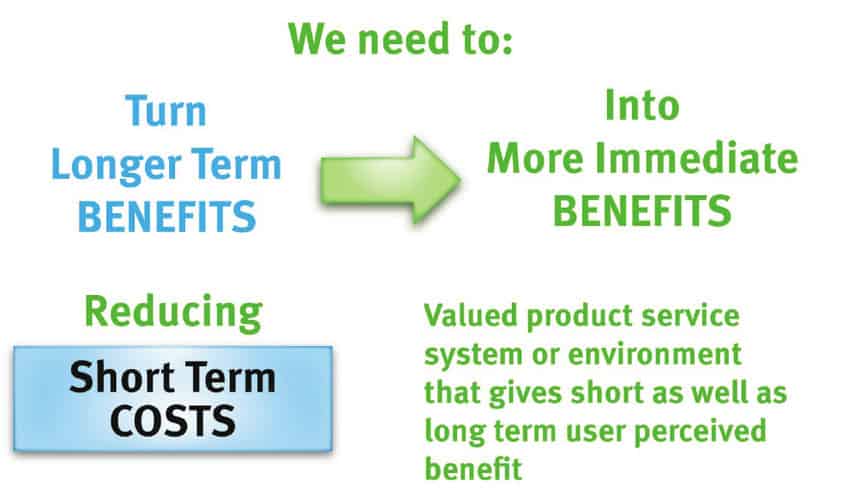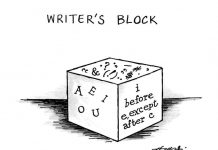There are a multitude of different therapies currently available which may be used to help sufferers of mental health conditions from depression to anorexia or obsessive compulsive disorder to generalized anxiety disorder. Examples of commonly practiced therapies include the following: Cognitive Behavioural Therapy (CBT), Dialectical Behaviour Therapy (DBT), Cognitive Analytical Therapy (CAT) and Family Therapy. This article aims to explore the use of a cost-benefit analysis with key areas to be examined listed below.
- What is a Cost-Benefit Analysis?
- Identifying short-term and long-term costs & benefits
- Using a Cost-Benefit analysis in anorexia recovery
What is a Cost-Benefit Analysis?

A cost-benefit analysis, often referred to as s CBA, is a practical tool used within the framework of Cognitive Behavioural Therapy with the primary aim of providing a better understanding of the key benefits and costs associated with one’s emotional and behavioural goals. This approach is likely to help the individual increase both motivation and commitment to change.
A CBA may be used to examine the pros and cons of many different aspects, such as beliefs, problem-solving options, thoughts, feelings and behaviours. A CBA form may be used to evaluate the advantages and disadvantages in the short/long-term, relating to oneself and other people.
Identifying Short-term and Long-term Costs & Benefits

In order to enhance motivation and commitment to one’s goals in both the short and long-term, it is necessary for one to also be aware of the short and long-term associated costs and benefits. Short-term benefits, in terms of oneself includes anything that is felt immediately such as relief from pain, anger, anxiety or reassurance. The short-term benefits for other people may include one becoming less of a burden or more involved.
In contrast, long-term costs and benefits include issues such as how one’s behaviour may impact oneself and others in the following days, weeks and months ahead. In order to achieve the maximum benefit, it is important to come up with as many reasons as to why change is positive and why staying the same is unhelpful not only to oneself but also to family, friends and even work colleagues.
Example of a Cost-Benefit Analysis in Anorexia Recovery

In terms of anorexia recovery, a cost-benefit analysis may be used to help one increase motivation and commitment to restore weight to a healthy body mass index. Short-term costs for oneself are likely to include having to increase dietary intake, cease using purging methods and decrease exercise levels, while for others the costs may be having to temporarily cope with a more anxious person.
Short-term benefits may include increased energy, better concentration and less physical complications which would benefit others in being able to socialise more.
Long-term costs for oneself may include following a rigid meal plan, exercise contract and attending weekly therapy and for others may mean having to adapt to fit around the new recovery lifestyle required by the patient.
Long-term benefits for both oneself and other may include being able to enjoy a holiday, go out for a meal with friends and less time off work due to illness.


















